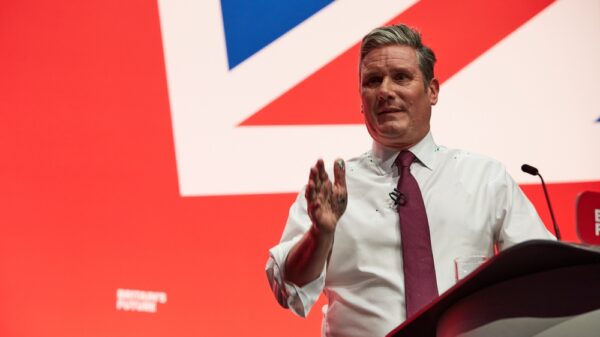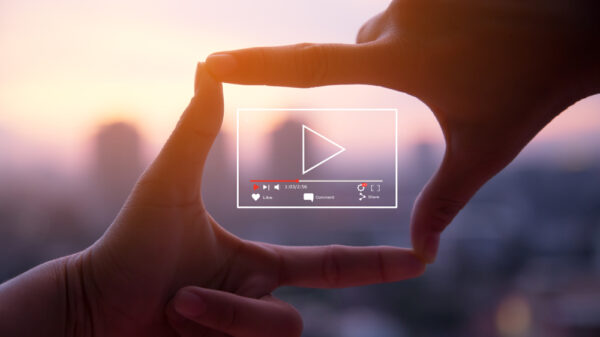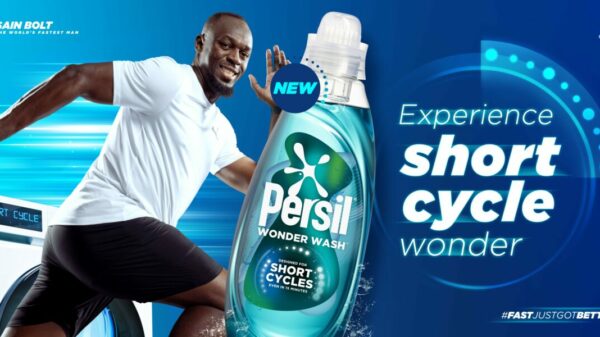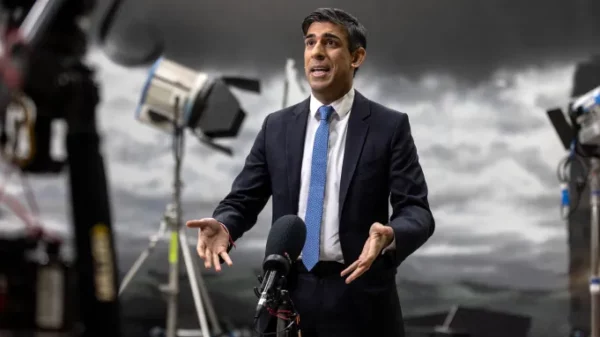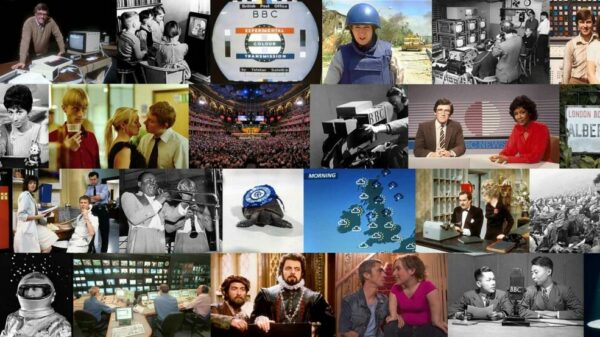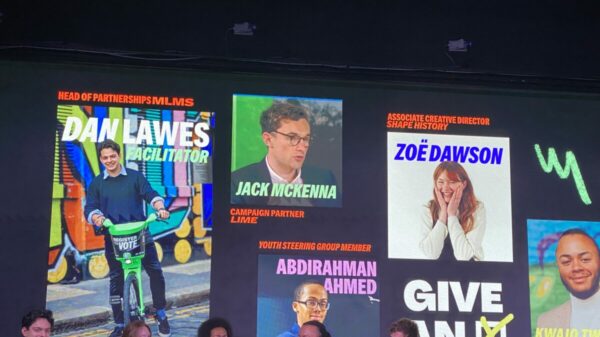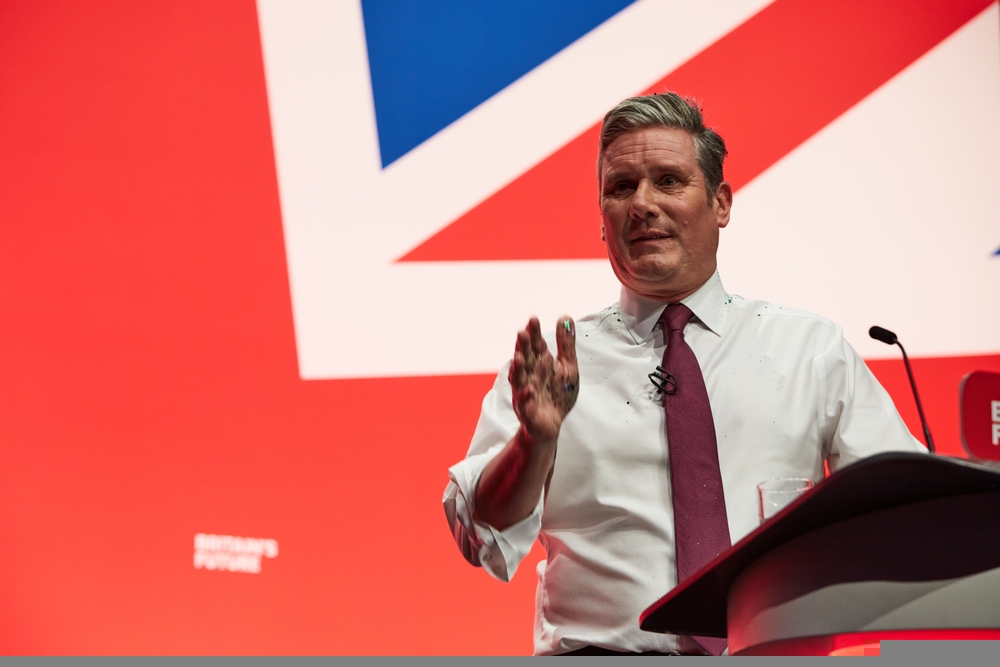Accessibility is key to communication. According to the World Health Organisation, around 15% of the world’s population lives with some form of disability – making an estimated 1.3 billion people part of the world’s largest minority group.
Despite this reality, the marketing industry has failed to include or cater for those people over the years. So what has caused this vast underrepresentation? Meltwater UKI senior marketing manager Jess Smith takes a closer look…
“While there has been a lack of advertising that includes and highlights disabled people, there is also a widespread lack of customised, accessible and inclusive websites and apps. However, with social pressure rising and companies being forced to follow through on their DEI promises, signs are emerging that change is on its way.
We have Gen-Z to thank for this in part; those consumers have advocated for captions on social media to the point where it has become a common sight over the last two years.
Younger generations also love captioning, with 70% of Gen Z saying they use subtitles all or some of the time while viewing film and TV – which in turn has led to important advances for people with hearing loss.
In 2021, for example, both TikTok and Instagram introduced the possibility of automatic captioning, and last year Instagram introduced auto-generated subtitles for videos in the feed.
LinkedIn has also started to offer real-time captioning for audio events, with many more platforms likely to follow suit – particularly in light of the success of TikTok’s cousin CapCut, a video editing tool where users can easily create subtitles synchronised with audio.
Subscribe to Marketing Beat for free
Sign up here to get the latest marketing campaigns sent straight to your inbox each morning
To help marketers behind the scenes, Google has also expanded its inclusive marketing resource, All In, to encompass disability inclusion and accessibility, including tools which help marketers make inclusive choices and avoid stereotypes throughout the creative process.
Examples of increased accessibility on the PR front include, for instance, Beyoncé and Lizzo apologising and removing disability slurs from newly-released songs, after facing a lot of criticism on social media from the disabled community. These developments demonstrate not only the awareness of social media users to these types of slurs, but also the widespread influence they have.
Success! Or not…
So we are making great progress, right? Not quite. While it may seem as if the marketing industry is moving in the right direction, there is still much work which needs to be done.
A Business Disability Forum survey of disabled consumers found that 42% of respondents were unable to complete an online purchase because of inaccessible websites or apps, while almost half (47%) respondents could not find information about a product’s accessibility features.
Here, it is Google which is leading the way, continuing to make steps in the right direction as it expands its All In inclusive marketing resource to include disability inclusion and accessibility.
This move encourages marketers to think about whether their content is accessible to everyone and whether their campaigns are created with accessibility in mind from the start. When marketers fail to do this, campaigns risk becoming incompatible with assistive technology, limiting the ability of millions of people to interact.
This is not only an ethical loss for companies, but also a financial one.
More accessibility in the Metaverse?
The trend suggests that more platforms will start investing in more accurate automatic captioning for video, live and audio events. When it comes to physical events, marketers should focus on customisable spaces and get creative with multi-sensory experiences.
And that’s where the Metaverse – the much-criticised hype concept of 2022 – comes in.
In fact, the Metaverse can offer great opportunities when it comes to inclusion and increased accessibility. Just a few months ago, the European Disability Forum discussed how people with disabilities are empowered to explore environments that would otherwise be inaccessible to them made possible by these new tools for better experiences. And it’s an important discussion for today’s marketers to be part of.
How might digital identities actually affect representation? What are the opportunities and risks? Will the next phase of the internet be equally inaccessible if the development of websites and apps does put inclusion and accessibility front and centre? The marketing industry as a whole needs to take these questions seriously.
Keywords related to accessibility in 2022 according to Meltwater
Finally, it’s worth mentioning that “accessibility” was tweeted 2.5 million times in 2022, peaking on Global Accessibility Awareness Day on 18 May. This number is expected to continue to rise this year. Consumers will demand more inclusion and greater representation – and businesses need to make it a priority from the start.
Ultimately, social responsibility, whether it’s focused around sustainability, inclusion, requires genuine ambition that goes beyond being perceived as a responsible brand and actually walking the talk.
